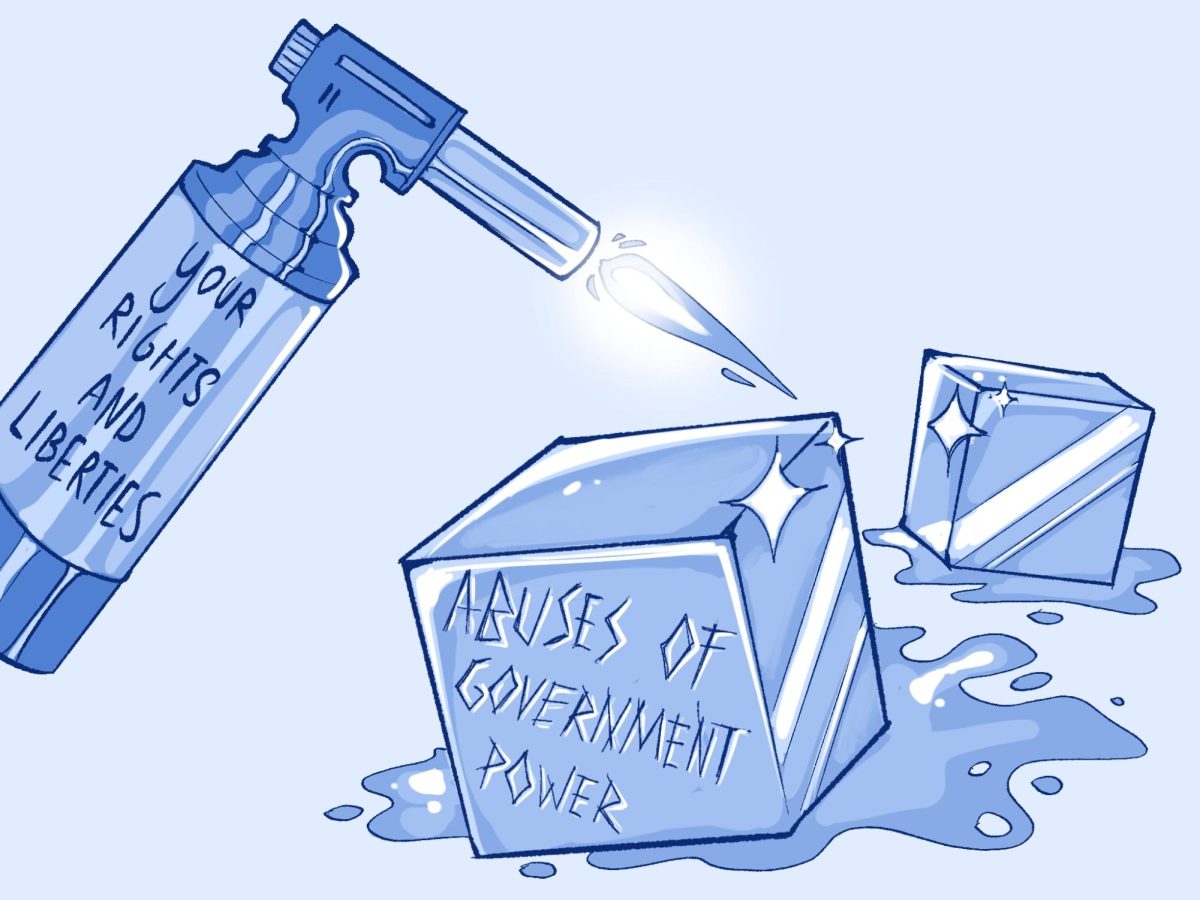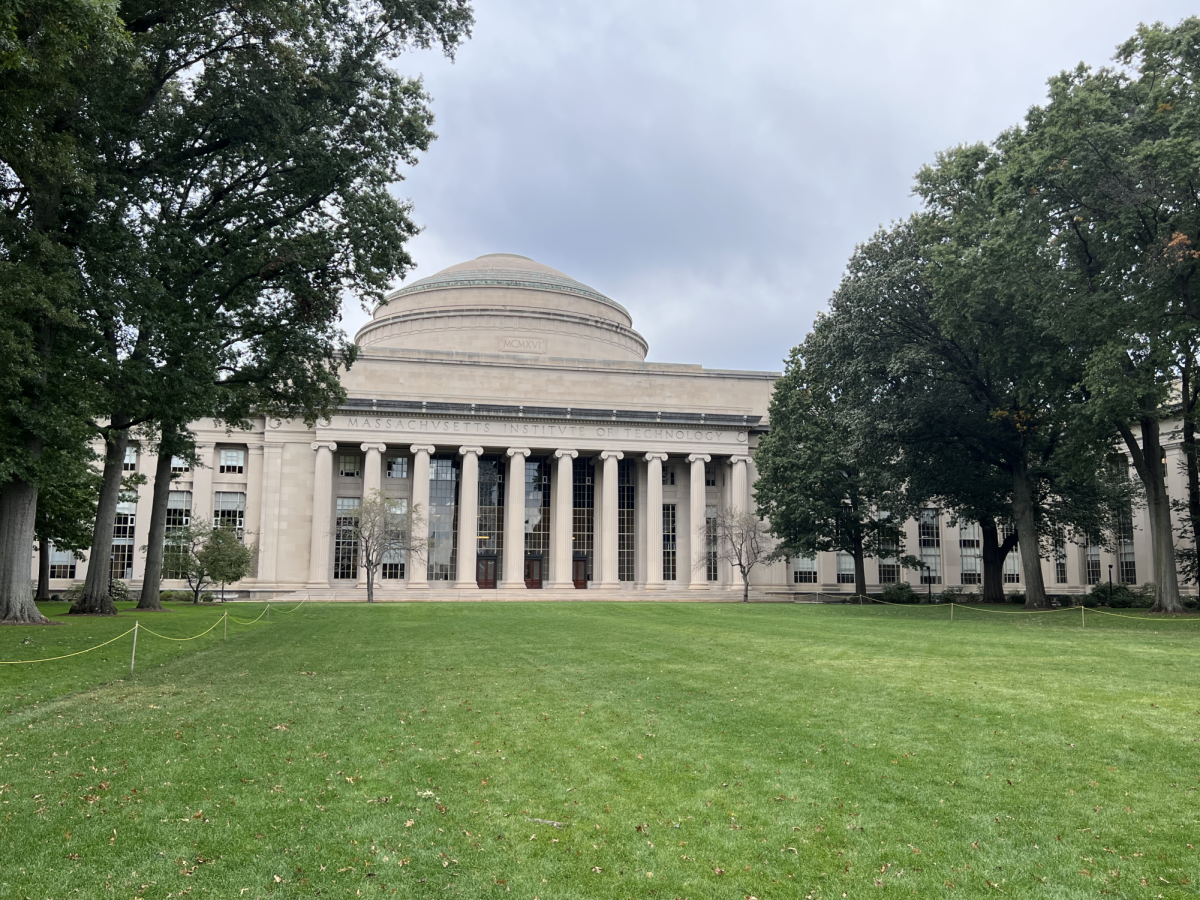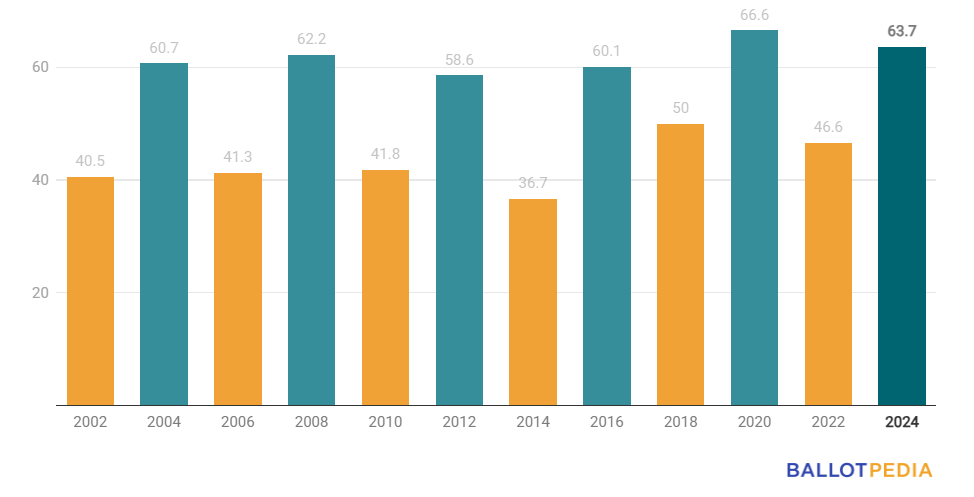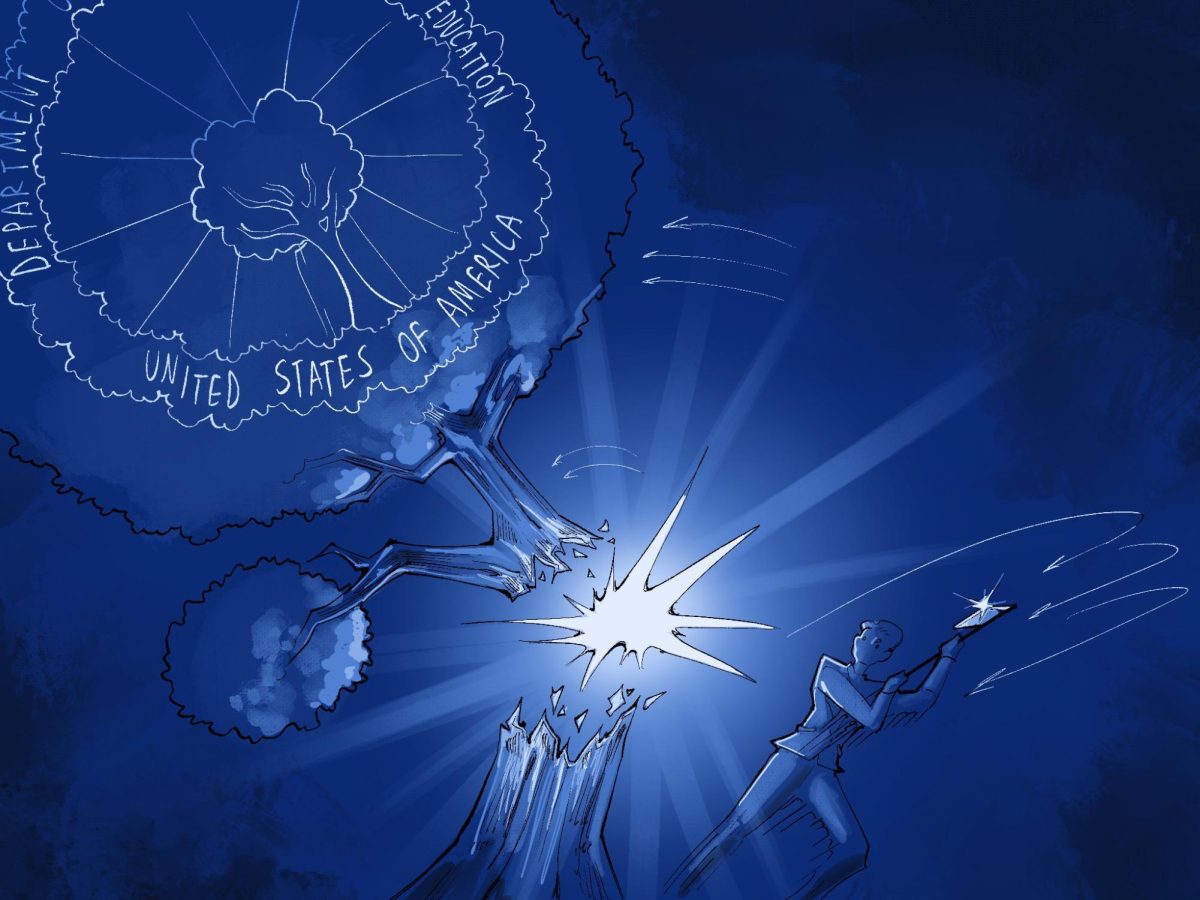After a three-year period of silence, the King is back — King Kunta, that is.
Labeling Kendrick Lamar’s most recent album “To Pimp a Butterfly” (TPAB) as confrontationally ambitious is an understatement. With aggressive lyrics and soothing jazz, the album soars above expectations, as each of the album’s 16 songs captures the soulful charisma and witty remarks of Lamar.
The album stands in stark contrast to Lamar’s last-released album from 2012, “good kid, m.A.A.d. city,” as TPAB focuses on soul searching and soothing, relaxed beats, whereas “good kid, m.A.A.d city” carries a reverberating and angry tone while speaking of gang violence and racial brutality.
TPAB displays itself as an equally, if not more, aggravated album that takes a more calm and soulful twist on handling anger. For example, in TPAB, Lamar speaks of running home, trying to find himself and attempting to shut out any and all criticism.
In addition, Lamar explores issues like violence and oppression of African Americans in songs such as “Hood Politics,” “Institutionalized” and “The Blacker the Berry.”
A favorite of ours is “King Kunta”; with a catchy and simple beat, Lamar calls out those who only associate with him as he gains fame.
He references lyrics from past pop stars and repeats the chorus frequently. We can’t help but find the catchy beat and cleverly insulting lyrics constantly stuck in our heads.
Lamar also uses the album to showcase his obvious distaste for the fame in his own career and the music industry as a whole. Though he is a prominent figure in the industry, he is averted to the “evils of Lucy,” or the devilish grasp of money and publicity. Lamar combines blatant insults with mellow tunes to create a subtly aggressive album.
Above all, Lamar incorporates seamless transitions and a meaningful story that flows throughout the album. From aspiring dreams to dealing with an identity crisis, each song carries listeners through the tough — to say the least — lifestyle that has overwhelmed Lamar in recent years.
To emphasize the message of struggling to keep up with fame amidst dealing with love, hate and disillusioned prominence, Lamar frequently integrates snippets of regular speech and spoken-word poetry into each track. For example, in the 12-minute song “Mortal Man,” Lamar incorporates an interview between himself and famed artist Tupac Shakur into the latter half of the song. The two discuss various topics, ranging from black power and fame to the upper classes and arrogance, among other things.
Though Lamar’s new style seemed alien to us at first, listening to the album more than once led us to believe that it has a brilliant and unique new track list that holds plenty of replay value. With TPAB, Lamar has managed to impress his listeners through an unconventional style of rap, something most rappers can’t do so easily or well.























